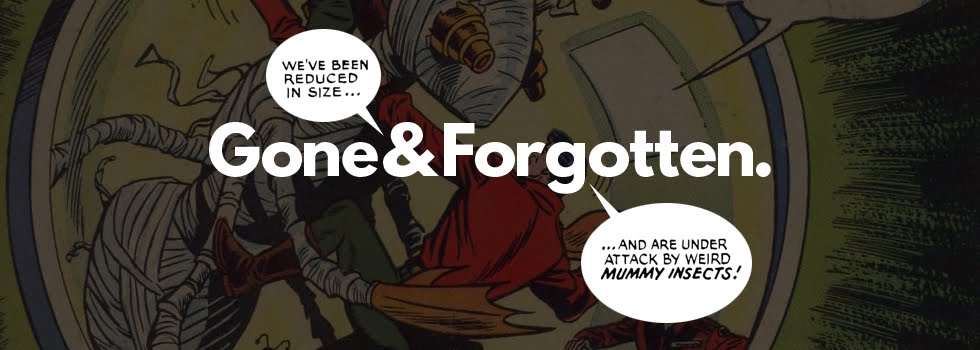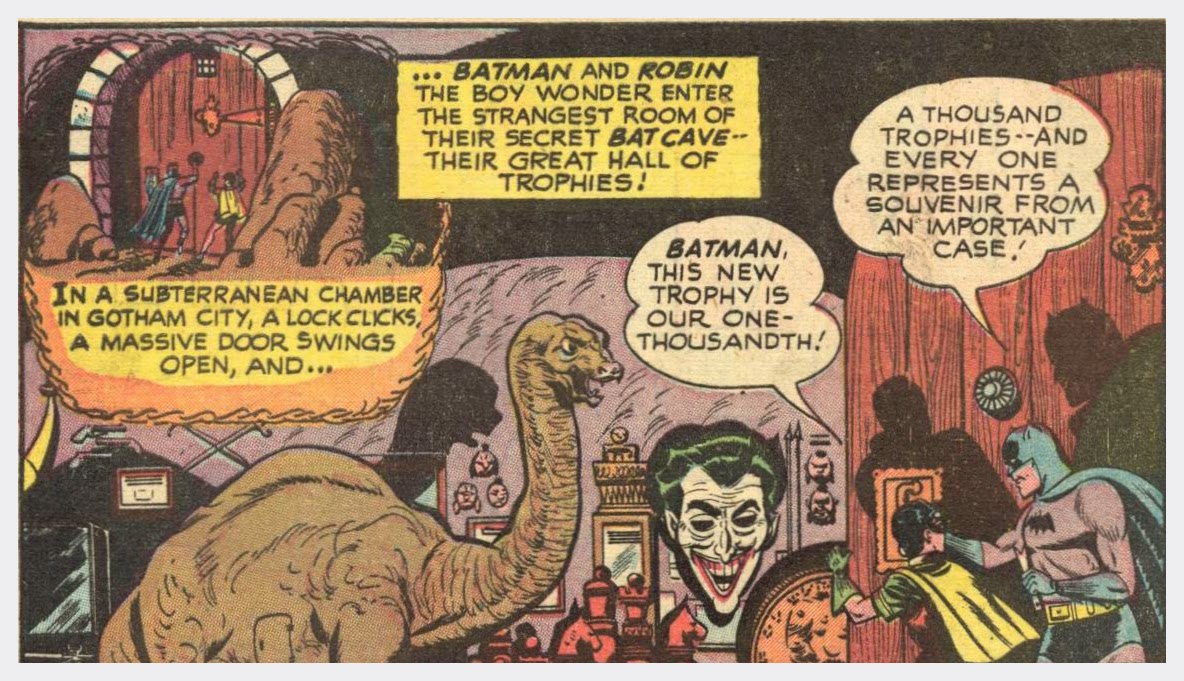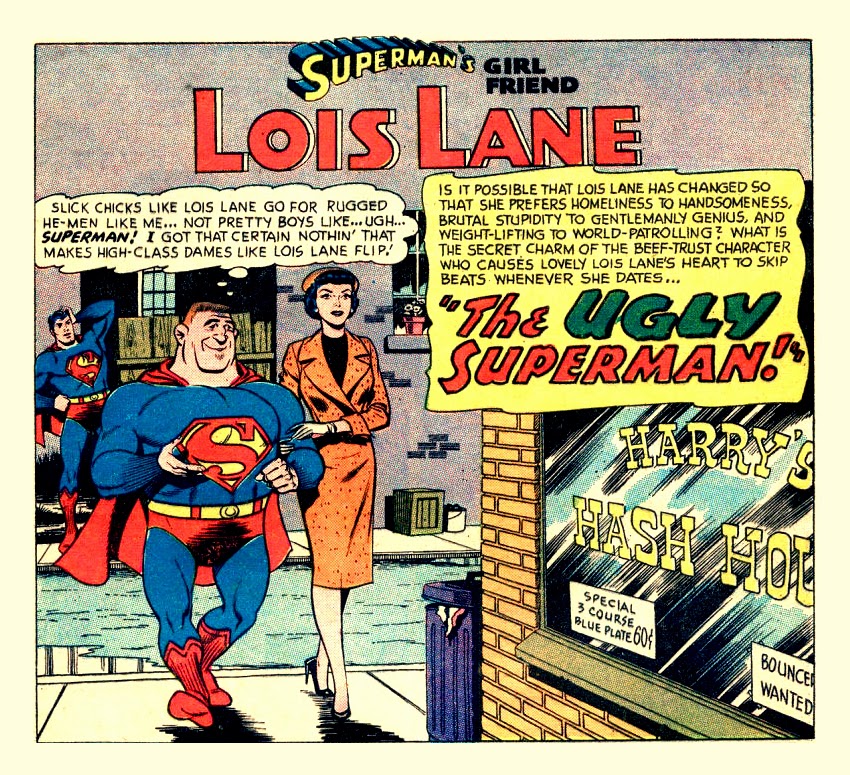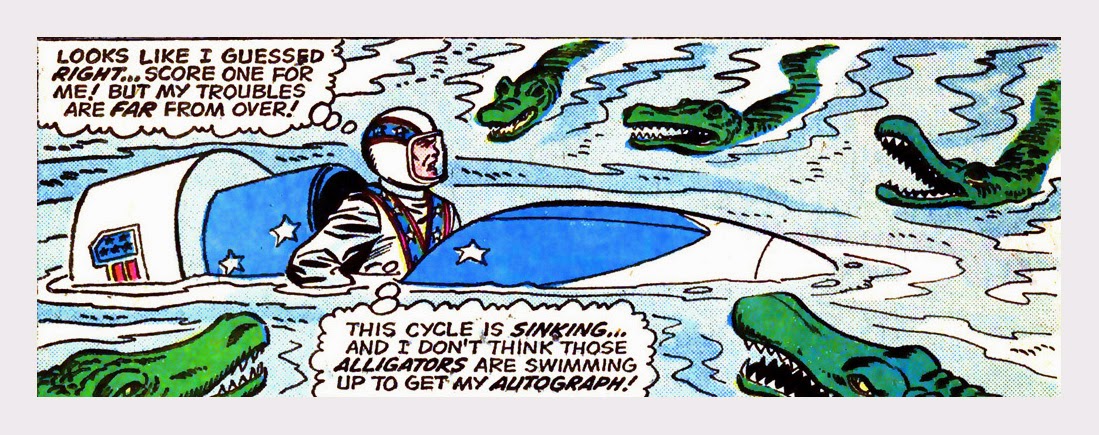Psychoanalysis, EC Comics Nos.1-4, March-April 1955 onward
Following his appearance before the 1954 Senate Subcommittee Hearings on Juvenile Delinquency– a roaring defense against tyranny according to some, a drug-addled self-indictment to others, a chewy splash of sour apple and refreshing watermelon according to this guy I know who has a head injury and can only describe things in terms of gum flavors – EC Comics inheritor/publisher William Gaines had to come up with a “fix”.
 |
| "I just want my son to stay off Tumblr, is that so wrong?" |
Gaines’ EC Comics had been a particular target of the Subcommittee, owing in no small part to its general ratio of syringes descending into eyes (Of course, if Disney had done it, we’d consider it an American classic). Although the company by and large put up its dukes in order to defend the stories it felt were worth publishing, despite the onerous disapproval of the hearings (see, for instance, “Judgment Day”, a science fiction story about civil rights which the Authority had every intention of defanging) an effort was also made to pacify the detractors with less objectionable and more arguably social responsible comics – i.e. The New Direction.
From this comes PSYCHOANALYSIS, a surprisingly satisfying four-issue capitulation produced by EC from 1955 onward and which was basically intended to deflect any further criticism that the company had no interest in promoting the general welfare of the community. A Hail Mary it may have been, but Psychoanalysis actually was an entertaining read featuring terrific art (by Jack Kamen) and was definitely the most unusual comic to have hit the American comic racks by the mid-Fifties.
 |
| "It's not my fault that misandry is real, doc!" |
Of the three regular patients of the doctor, the first, foremost and youngest was kleptomaniac Freddy Carter, a bitter and recalcitrant American boy whose mother was an emotionally needy enabler and father was a genuine jackass motherfucker. Freddy was participating in that glorious old saw of stealing things so as to embarrass his parents and claim from them what he really wanted – their approval! Instead, he received more smothering from his over-indulgent, babying mother and more smacks in the punim from his eternally furious father, an engineer who insisted his math-avoidant boy follow in his footsteps.
The second subject was Ellen Lyman, an utterly neurotic blonde whose tight hairstyle and thick-rimmed glasses seemed meant to come off in slow-motion at the first sound of Whitesnake’s “Here I Go Again”. The hood of a Jaguar XJ awaits you Ellen Lyman! Subject to fainting spells, poor health and traumatic accidents, Ellen was the less-loved second daughter of a doting family who heaped affection on her prettier, smarter sister, which is how it works in the Judd household probably.
The last patient was tubby TV writer Mark Stone, whom you kind of have to like better before he was cured. A serial womanizer, also a self-impressed intellectual and misanthrope who was psychosomatically at death’s door owing to being “At least sixty pounds overweight” according to his psychiatrist – hey, you and me both, Chester – and who downed “triple-deckers” instead of “rye and pills”, motherfucker, give this guy his own show on AMC. He sounds like a blast.
Over the course of four issues (three in the case of Betty; girls get cured easier I guess because they just need to be told they’re looking pretty today or something), The Psychiatrist (left unnamed, by the way) manages to berate, shock, argue, scold and generally hector his patients into good mental health. Key to every diagnosis, it’s definitely worth mentioning, is emotional trauma suffered during childhood (Freddy Carter is still a child, in fact, so the Psychoanalyst even gets the opportunity to go out into the waiting room and have a hearty shout and finger-point at his errant parents).
You can’t walk away from Psychoanalysis without noticing that parents – the same parents to whom EC and other comic companies were clearly meant to be answering by way of the Comics Code Authority – end up being the “villain” of each medical case, the sole causes of the trauma and mental handicaps suffered by the three patients in the book, which I honestly believe makes this book EC’s most subversive book by a particularly long margin…
 |
| "Read Wholesome, Entertaining EC Comics!" |

























































